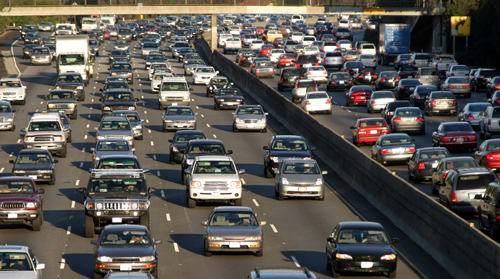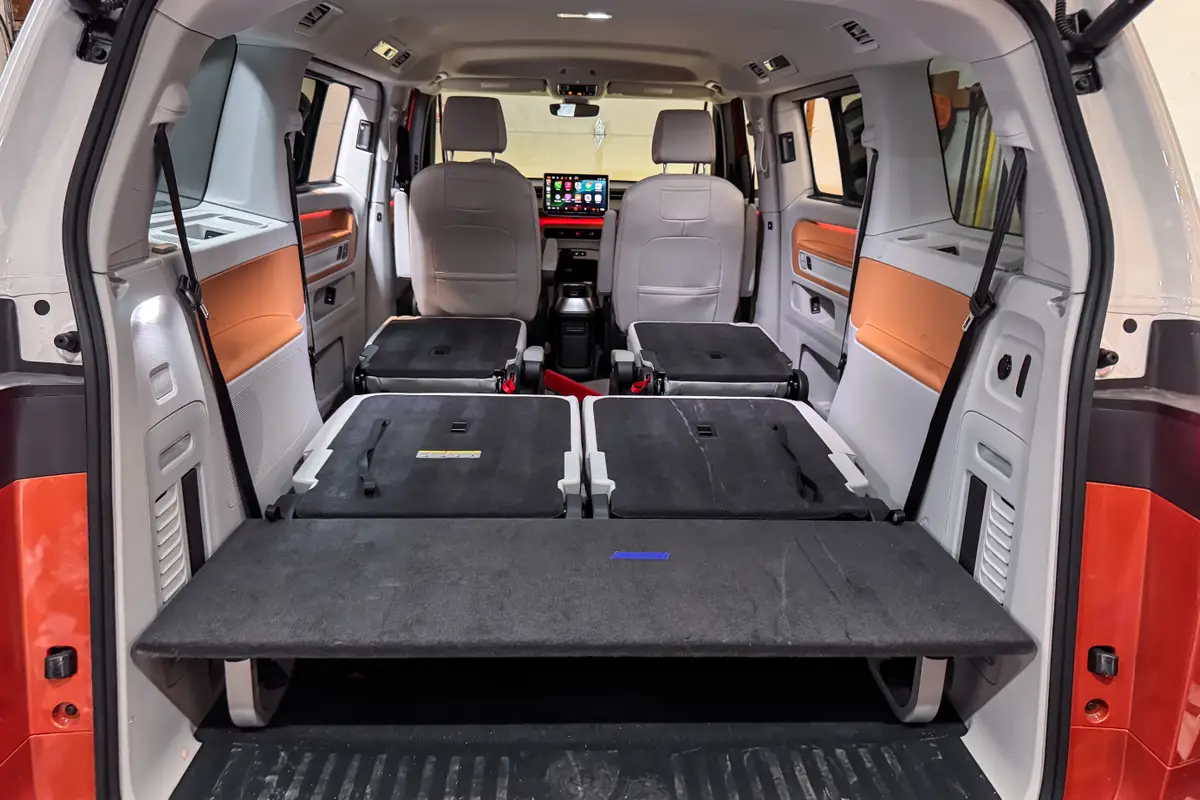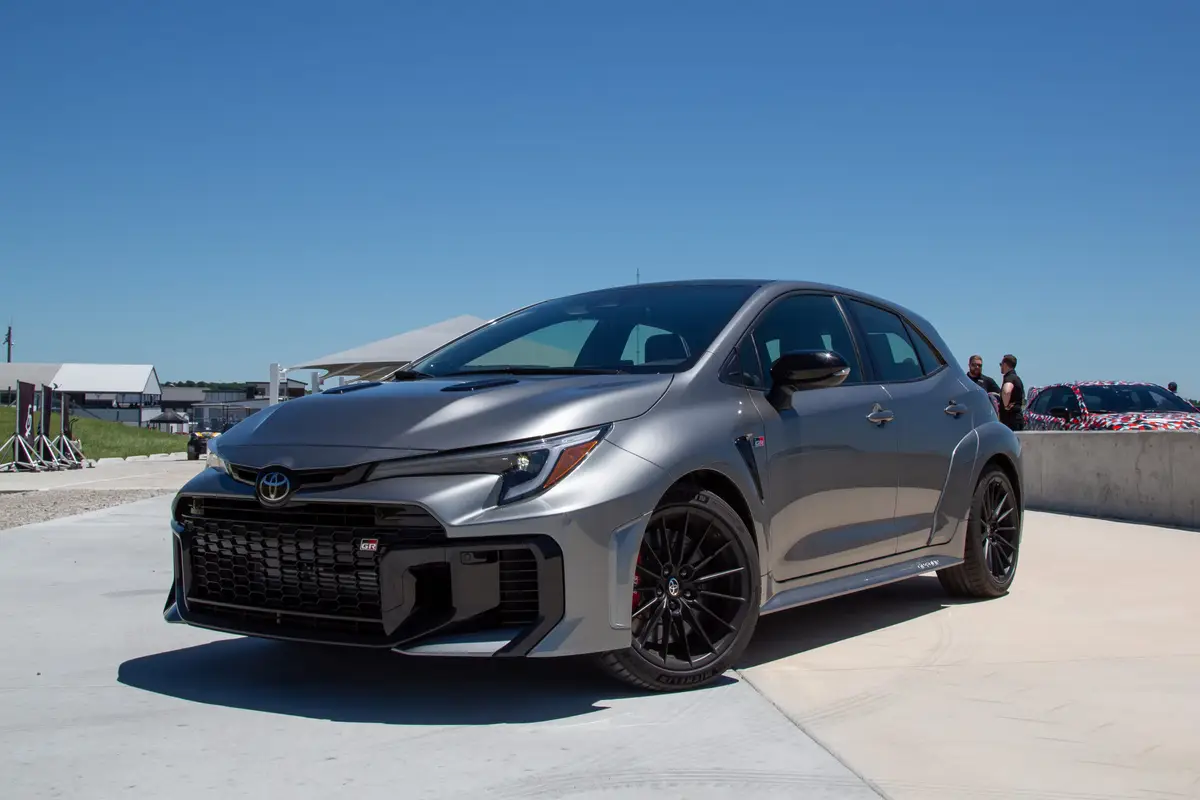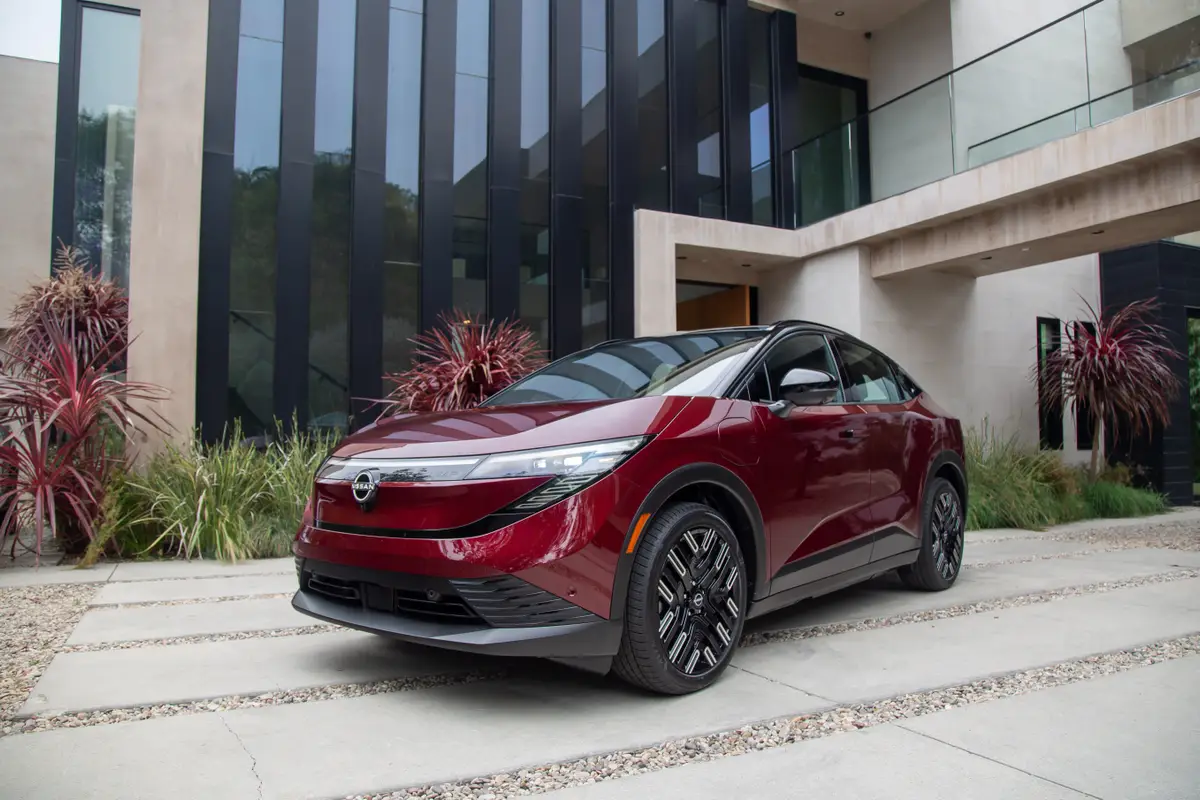How Will We Handle 2 Billion Cars?


Sperling belongs to an elite group of policy wonks who have also appeared on “The Daily Show with Jon Stewart.” In addition to penning “Two Billion Cars,” he’s a professor of engineering and environmental science and policy at the University of California at Davis and the founding director of UC Davis’ Institute of Transportation Studies.
KickingTires spoke with Sperling about the current policies and the challenges the world continues to face since the book’s publication in 2009.
KickingTires: What is the state of the auto industry right now after the past two turbulent years?
Dan Sperling: It is one of the largest industries in the world, and it was going to become healthy sooner or later. I want to stay away from commenting on any automaker in particular, but there’s a bigger picture at work here. For instance, GM is making lots of money in China. The picture of the auto industry is still changing as we speak.
KT: How do innovative, new vehicles like the Chevy Volt and the Nissan Leaf strike you? Do these represent the beginnings of the shift you talk about in your book?
DS: These advanced battery vehicles are just a tiny part of the business. They are much more important from a halo perspective because they are going to lose money for a long time. But they’re setting the stage. Gasoline-electric hybrids are going to become a much bigger part of the mix because of the new aggressive fuel economy standards. The ability [of automakers] to introduce more efficient vehicle technology is the key to meeting these 2016 standards. Clearly, hybrids will play a large role in that transformation.
KT: While hybrids, plug-ins, electric vehicles and fuel-efficient small cars may be good for us (like eating our broccoli), they certainly don’t sell in large numbers compared with traditional midsize cars and SUVs. These vehicles have also seen sales rebound since gas prices fell back significantly from $4 per gallon. How do you reconcile American consumer sentiment with your thesis that U.S. car culture and love of gas-guzzling vehicles must change?
DS: A couple of things are going on with this. There’s a shift related to demographics and a shift related to general attitudes and behavior. The baby boomer generation went way beyond having to just transport kids around, and they wanted to have the sporty vehicles that could still accommodate family demands. That was a big part of the SUV market. As the baby boomers get older, that demand, as well as the demand for pickup trucks, will lessen. The younger generation is less interested in cars than in the past. The car is not the symbol it used to be. Young people are more absorbed with digital technology than they are with cars. Think about something like the iPad: Now being in a vehicle and not being responsible for driving is more appealing. Car culture has reached its zenith as a love affair. On top of that, we have policy. The federal government and California are leading the way with aggressive fuel economy and greenhouse gas standards while car companies are under pressure to meet them. These two forces are leading to a transformation.
KT: If you’re correct about the direction of the auto industry, what can consumers — say, KickingTires readers — expect to see on dealer lots by the year 2020?
DS: They’re going to see a lot more hybrids, some more diesels and overall vehicles that are far more efficient. By 2020, we’ll even start seeing fuel-cell cars. Vehicles will become a little smaller but right now, regulations are footprint-based, so there’s not much incentive to downsize vehicles. The incentive is for weight reduction and efficiency.
KT: What role can consumers play in changing car culture — specifically, consumers that have to drive?
DS: The new EPA labels are a great example; consumers should pay attention to that. Consumers can even come out ahead just by buying a four-cylinder vehicle instead of a six-cylinder. People always come out way ahead just by buying a less powerful vehicle. Forget about energy security and climate change. Even if you set those reasons aside, pure economics means it’s better to buy fuel-efficient [models]. You’re also sending a signal to car companies by voting with your dollar. It’s important to think about what car you really need. Are you buying something that can go off-road because you make one or two trips to the mountains each year? Then it’s a matter of energy security or climate change, whichever issue worries you more.
KT: Grade the Obama administration and the current Congress on its automotive and transportation policies so far.
DS: Actually, the one thing it’s done the best is dealing with cars. They deserve an A on cars by adopting the California CAFE standards, and [President Barack Obama] told EPA to move ahead to adopt more aggressive standards for 2025. They’re also pursuing standards for heavy-duty trucks and working on electric vehicles with a lot of grants and loan guarantees. So on vehicles, an A. On fuel — low-carbon fuels, specifically — they haven’t done much with that or in terms of restraining how much driving there is. California passed a law to reduce driving and land-use sprawl.
KT: Is that something you could see the federal government enacting for the entire country?
DS: Definitely. The California Air Resources Board will adopt targets for all cities to reduce driving and land use, and a version of the California law has been in the draft of the transportation bill that’s been kicking around Congress. Eventually, that approach will make it into law and federal regulation. It’s just a matter of when.
KT: If you were king for a day, what is the one policy you would implement concerning passenger cars and trucks?
DS: I’d like to see standards put in place for heavy-duty trucks, a carbon tax, a feebate program — revenue neutral, where you have a fee for gas guzzlers and a rebate for fuel-efficient vehicles — and a low-carbon fuel standard. There is no one silver bullet. We need a portfolio of policies just like a portfolio of technologies.
KT: The tone of your book is very optimistic that with some policy changes, the world can find a way to accommodate 2 billion cars. What happens if governments, automakers and consumers refuse to adopt these changes or move too slowly?
DS: There are going to be changes. It’s only a matter of how fast it happens. In any scenario, bad things are going to happen. Things are going to get worse, in terms of world oil supply and climate change. The challenge is to make sure those bad things are less bad, and they don’t become catastrophic.
Featured stories




